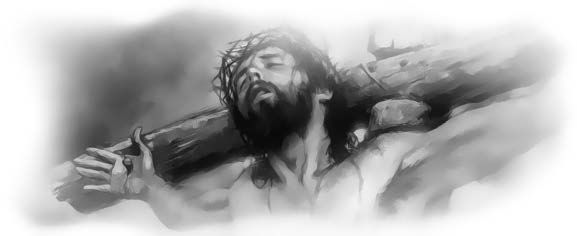Khamla, the breadwinner of his family, fell ill in rural Laos. His legs became so heavy that he could not walk. He was confined to his house for three months.
With no money to see a doctor, Khamla (not his real name) resorted to all sorts of herbal medicine and traditional healers, including the shaman, or spirit doctor, in his village. Nothing helped.
Finally, seeing his desperation, someone told him about a Seventh-day Adventist pastor who had helped many people by cell phone. The man called up Pastor Sadua Lee (pictured) and asked for help.
Now, it wasn’t simply a phone call. Phone calls were something of a luxury, costing 700 Laotian kips (8 US cents) per minute. At the time, a third of the population was living on less than USD 1.25 a day, and nearly two-thirds were living on less than USD 2 a day.
The ill man begged Pastor Sadua to heal him.
“I am nobody,” the pastor replied. “I cannot heal you. But my God, who is called Jesus, can heal you if it is His will. All we have to do is ask Him.”
Khamla requested prayer, and the pastor prayed for him over the phone.
The next day, the pastor called the man to offer prayer for him again. Khamla was so excited. “I can walk!” he exclaimed.
Although his legs were weak, he was able to walk for the first time in three months. He had already gone out to work on his farm.
“Your God is so powerful,” he said. “How can I worship your God, who is called Jesus?”
The pastor told him that he could, and should, worship Jesus all the time and added that Jesus had set aside a special day for worship, the seventh-day Sabbath. The man agreed to stop work on Sabbath to worship Jesus. Seeing that he lived far from a church, he asked the pastor to help him worship on Sabbaths. That meant that the pastor would have to call every Sabbath—but he didn’t mind. If Jesus could provide Khamla with healing, He also would provide the means to pay for the calls.
Thank you for your Sabbath School mission offerings that help spread the gospel to people in Laos and other countries of the Southern Asia-Pacific Division, which will receive this quarter’s Thirteenth Sabbath Offering.
This mission story illustrates Mission Objective Number 2 of the Seventh-day Adventist Church’s “I Will Go” strategic plan: “To strengthen and diversify Adventist outreach . . . among unreached and under-reached people groups, and to non-Christian religions.” Learn more at IWillGo2020.org.

